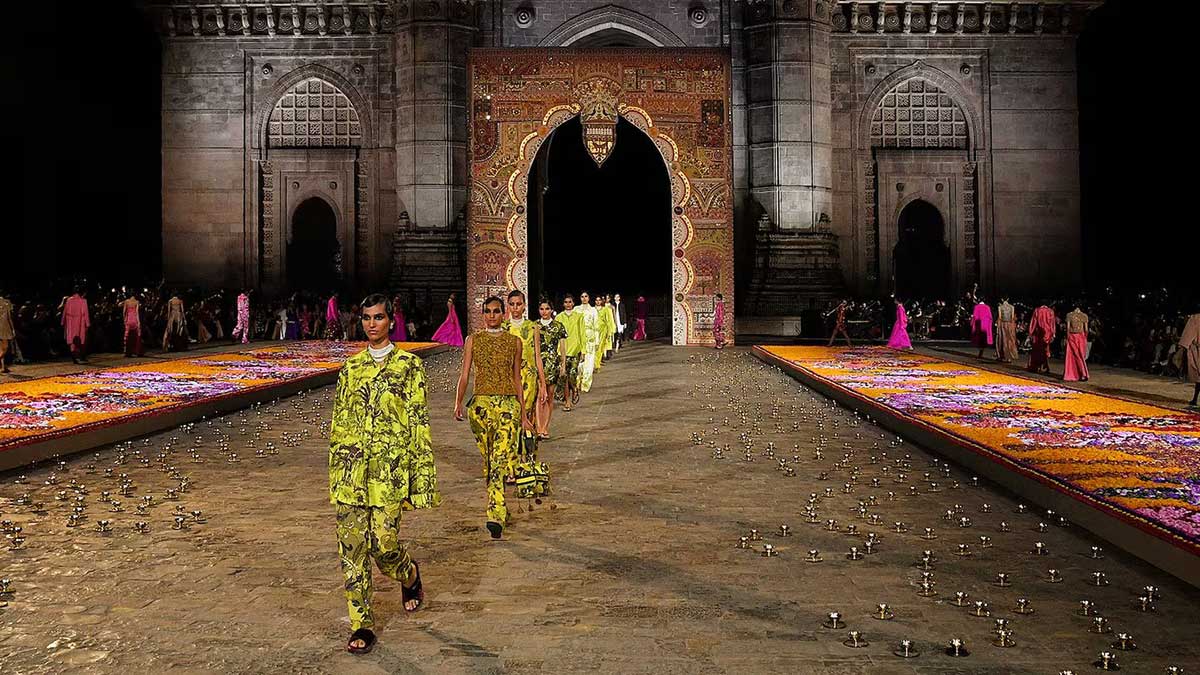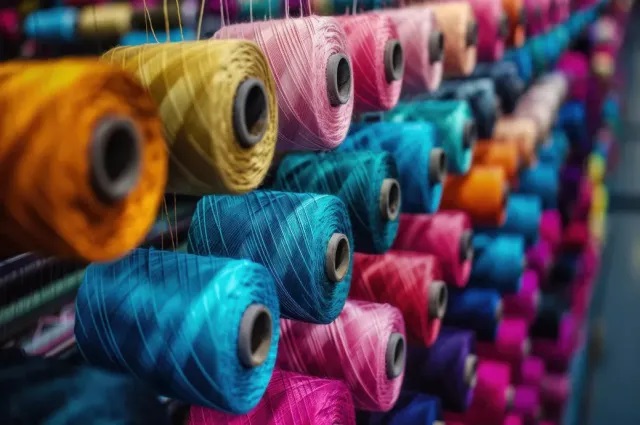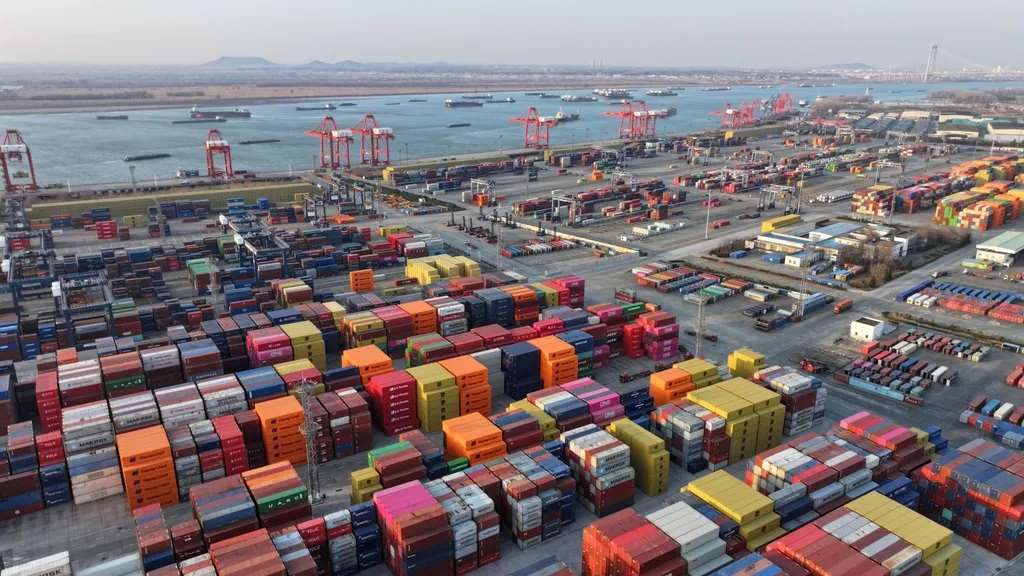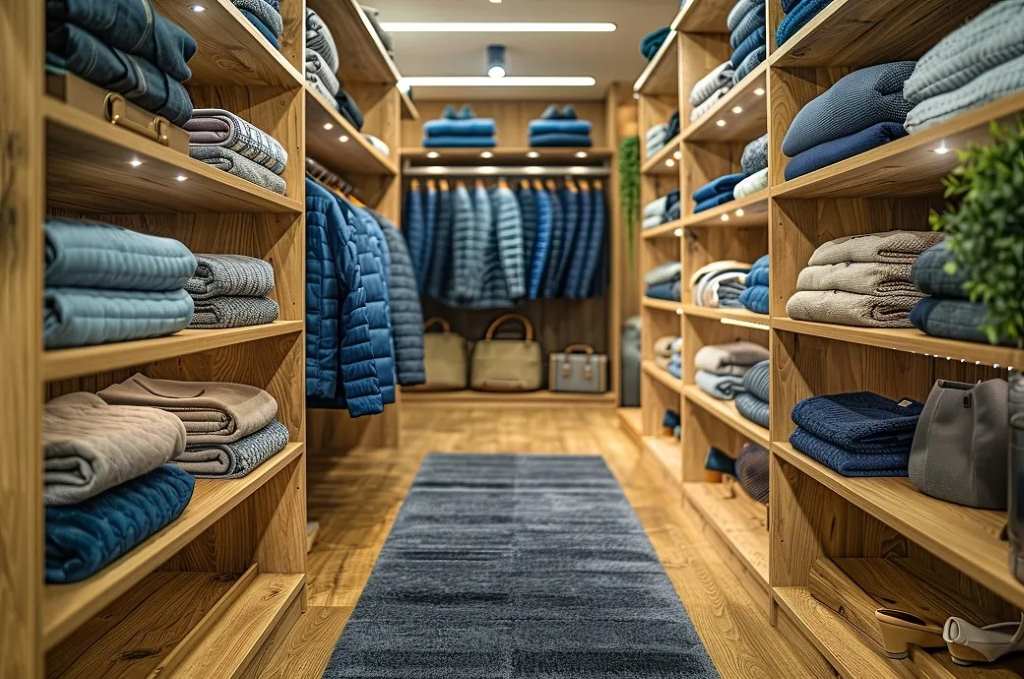
The global fashion industry is recalibrating its compass, recognizing the vibrant and diverse opportunities across Asia beyond China. While China remains a significant player, brands are increasingly being attracted by the unique potential of other Asian suppliers. With rising incomes, digital adoption, and distinct cultural influences in countries like India, Indonesia, South Korea, Hong Kong, and Thailand are emerging as crucial growth engines for the industry. This shift is evident in the strategic initiatives and impressive growth figures reported by leading fashion brands.
India, a market of a billion aspirations
India's apparel market is expected to reach $118 billion by 2028, with a young demography and increasing disposable incomes. No wonder brands like Zara, H&M, Uniqlo, and luxury giants like Gucci and Louis Vuitton are expanding their footprint.
And to spread their footprint, these brands are adopting various strategies like localized collections. Brands are embracing Indian craftsmanship and design elements to resonate with local preferences. They are also looking at seamless integration of online and offline channels as it is crucial to cater to India's diverse consumer base. And ethical sourcing and production are gaining traction among environmentally conscious consumers.
Table: India brand sales and market share
|
Brand |
Share of sales from India |
Growth in India (YoY) |
|
Zara |
8% |
15% |
|
H&M |
5% |
12% |
|
Uniqlo |
3% |
20% |
Indonesia, the digital fashion frontier
Indonesia's fashion scene is characterized by a thriving e-commerce market, with local players like Zalora and Berrybenka leading the way. International brands like ASOS and Shein are also making inroads, adapting to the digital-first landscape. And to succeed brands have adopted mobile-first approach. They are prioritizing mobile optimization and engaging content to capture the attention of young, digitally savvy consumers. Moreover, collaborations with local influencers are key to building brand awareness and driving engagement.
Table: Indonesia brand sales and market share
|
Brand |
Share of sales from Indonesia |
Growth in Indonesia (YoY) |
|
Zalora |
60% |
25% |
|
Shein |
10% |
30% |
South Korea, the style icon
South Korea's fashion influence extends far beyond its borders, shaping trends in streetwear, K-pop fashion, and beauty across the globe. Luxury brands are vying for a share of the affluent South Korean market, while local brands like Gentle Monster and Stylenanda are gaining global recognition.
Experiential retail is a priority for success in this market. Flagship stores are designed as immersive brand experiences, showcasing cutting-edge design and engaging consumers. Moreover, celebrity collaborations is also crucial. Partnering with K-pop stars and designers amplifies brand visibility and taps into the ‘Korean Wave’
Table: South Korea brand sales and market share
|
Brand |
Share of sales from South Korea |
Growth in South Korea (YoY) |
|
Gucci |
12% |
10% |
|
Louis Vuitton |
10% |
8% |
Hong Kong, the luxury hub
Hong Kong serves as a crucial gateway to the Chinese market and a major shopping destination for affluent tourists. Luxury brands maintain a strong presence, with flagship stores and exclusive events catering to high-net-worth individuals.
Brands are focusing on personalized services and exclusive experiences to cultivate customer loyalty. Also on their agenda is providing seamless shopping experiences across online and offline channels to cater to the digitally savvy consumer.
Table: Hong Kong brand sales and market share
|
Brand |
Share of sales from Hong Kong |
Growth in Hong Kong (YoY) |
|
Chanel |
15% |
7% |
|
Hermès |
12% |
5% |
Thailand, the rising tourist destination
Thailand's growing tourism industry is driving demand for fashion and luxury goods, particularly among Chinese and Southeast Asian tourists. A mix of international and local brands, cater to diverse tastes and budgets, from luxury labels to affordable fast fashion. Brands are investing in large-scale shopping malls with a wide variety of brands and entertainment options. Brands are creating engaging shopping experiences that combine retail with entertainment and cultural elements.
Table: Thailand brand sales and market share
|
Brand |
Share of sales from Thailand |
Growth in Thailand (YoY) |
|
H&M |
6% |
10% |
|
Zara |
5% |
8% |
The Asian fashion landscape is multifaceted, offering numerous opportunities for brands that can adapt to its diverse consumer preferences and market dynamics. With localization, digital innovation, and sustainable practices, fashion companies can unlock the immense potential of these exciting markets and secure their position in the global fashion arena.












